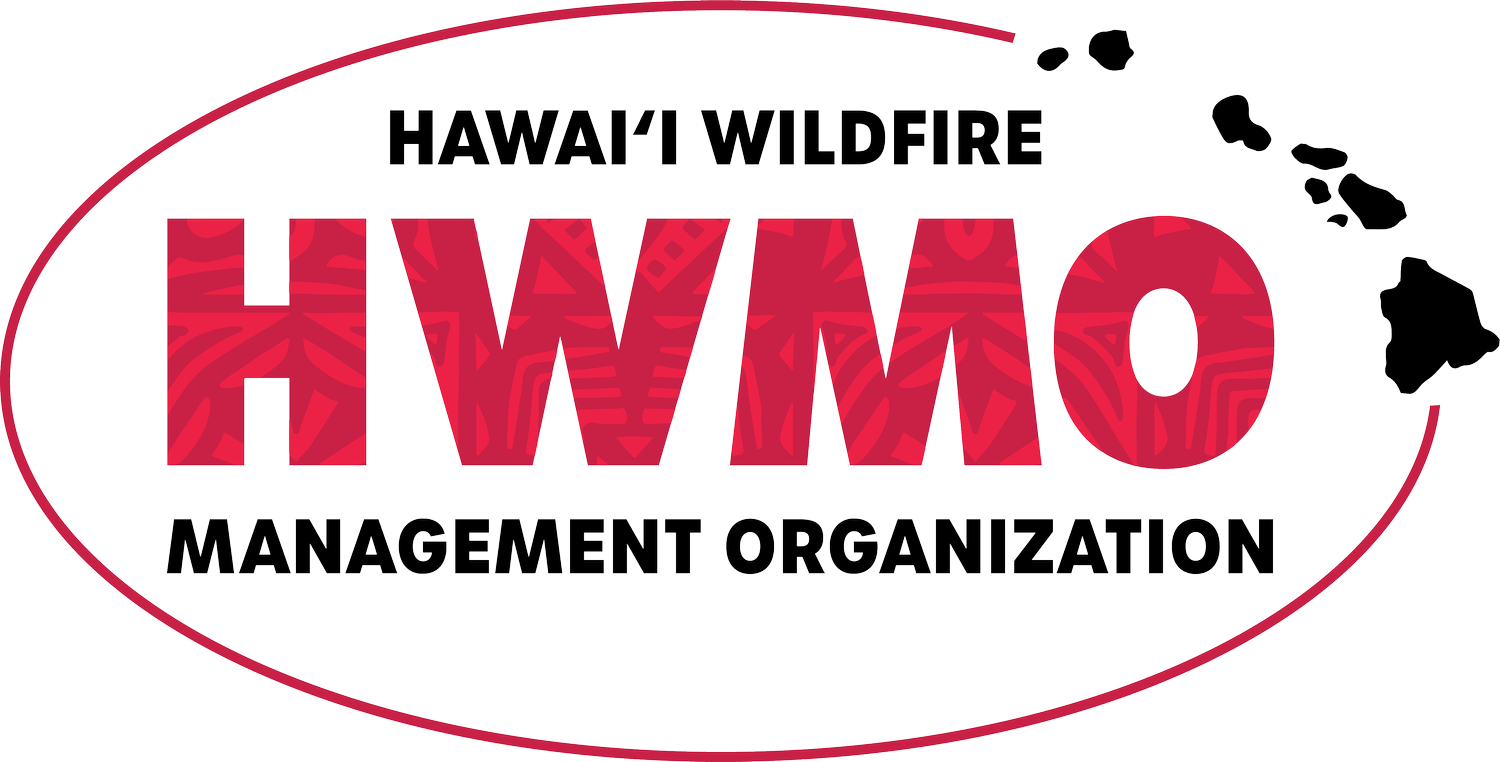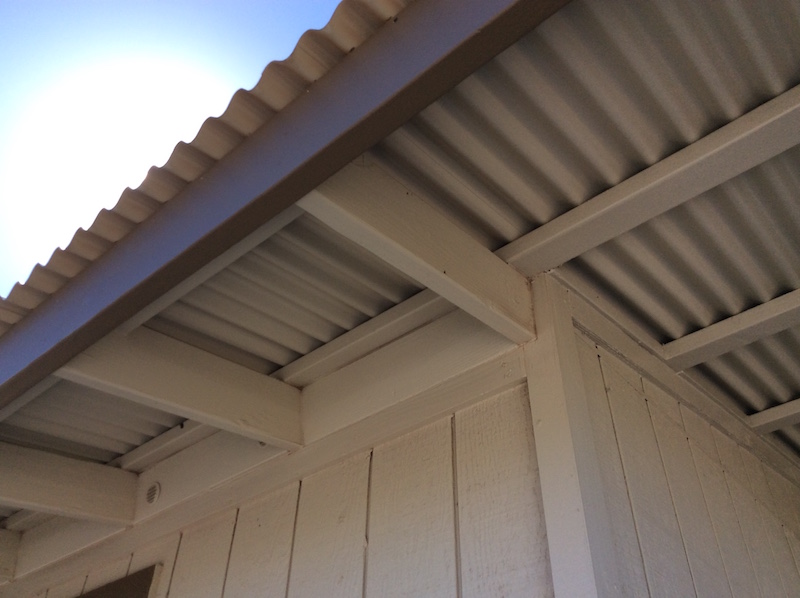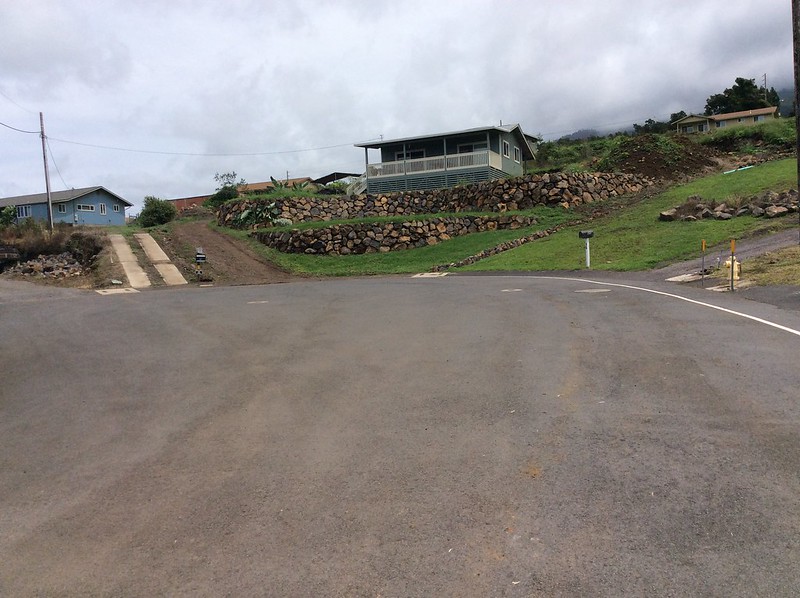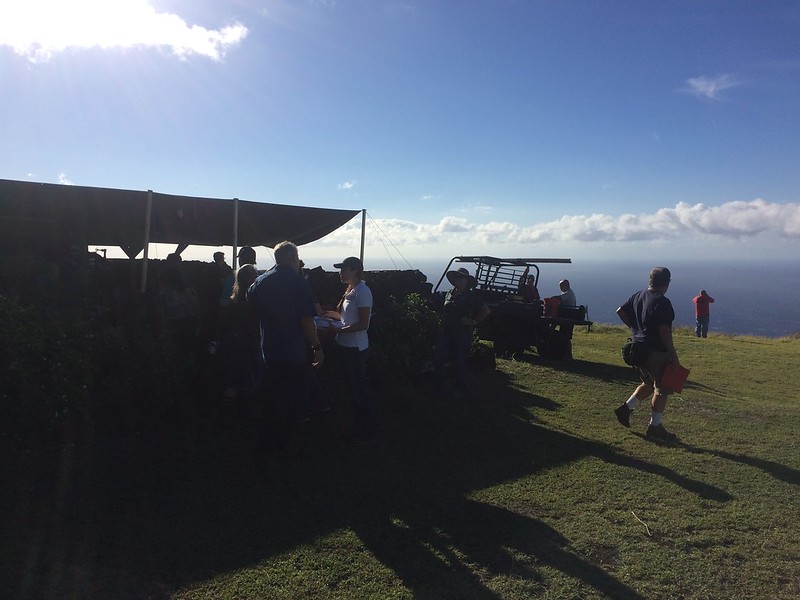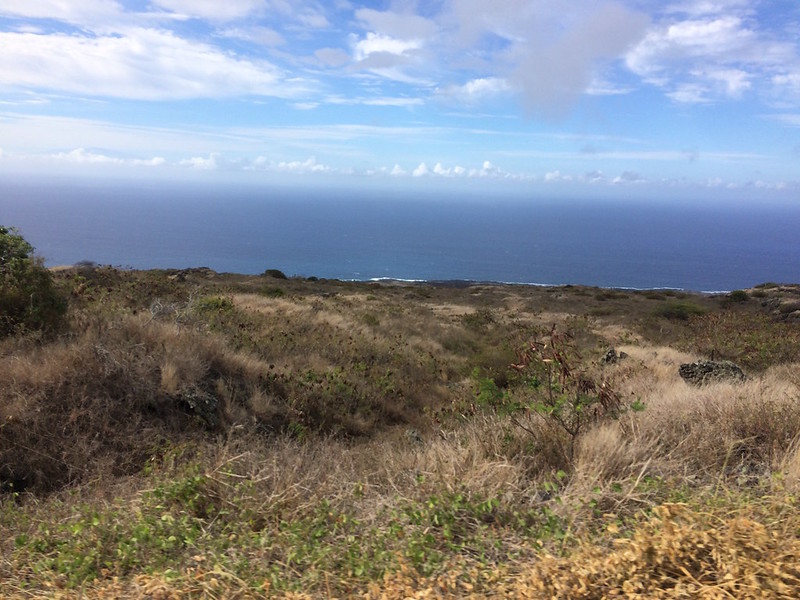Kailapa Firewise Community Hazard Assessment
Kailapa is a Hawaiian homestead in Kawaihae on over 10,000 acres from the shoreline to the base of Kohala Mountain. Homes there, first built in the late 1980s, are surrounded by very flammable grasslands that have experienced numerous fires over the years. Winds are a major factor in the extreme wildfire behavior that can occur in the area. The most recent threat occurred starting on August 8, 2015. The most recent threat occurred starting on August 8, 2015. A 4,5000-acre wildfire burned across Kawaihae, directly impacting local communities, businesses, and cultural sites in the area. Roads were closed and evacuations were ordered by Civil Defense for Kawaihae. Nearly 90% of the native plants at Puu Kohola were destroyed and large piles of timber from a eucalyptus harvest project in Hamakua were ablaze. The fire burned towards Kailapa, but firefighters were able to stop it a few gulches away. A week later, a large rainfall event washed unprecedented amounts of sediment and debris down the watersheds and out into the ocean, smothering neighboring coral reefs. Local residents recount that the floods were the worst in recent memory. HWMO produced a video documenting the events.
Assessment team looks out at the neighboring wildland areas that have burned numerous times.
The wildfire concerns in Kailapa have spurred the community to action. Since the beginning of 2016, a group of Kailapa residents have been working with HWMO to protect their community from wildfire by becoming a nationally-recognized Firewise Community. As one of the requirements, HWMO and Hawaii Fire Department conducted a community wildfire hazard assessment with Kailapa residents on November 3. Together, the assessment team caravanned throughout the community to note and photograph common wildfire hazards, as well as good Firewise practices already being implemented. The greatest concerns were the lack of water resources, ingress/egress, and fuels management between homes and in the surrounding wildland areas.
Living fuelbreak that was created in the spring of 2016 using U.S. Forest Service WUI grant funding through HWMO.
In the spring of 2016, Kailapa, with the facilitation of U.S. Forest Service WUI funds from HWMO, created a living fuelbreak on a slope on Kona side of the subdivision. The community would like to continue and expand project such as these throughout the subdivision to better protect homes from the dangers of wildfire in Kawaihae.
Kailapa is on pace to become the first Hawaiian homestead on Hawaii Island to be a certified Firewise Community. Great work Kailapa!
